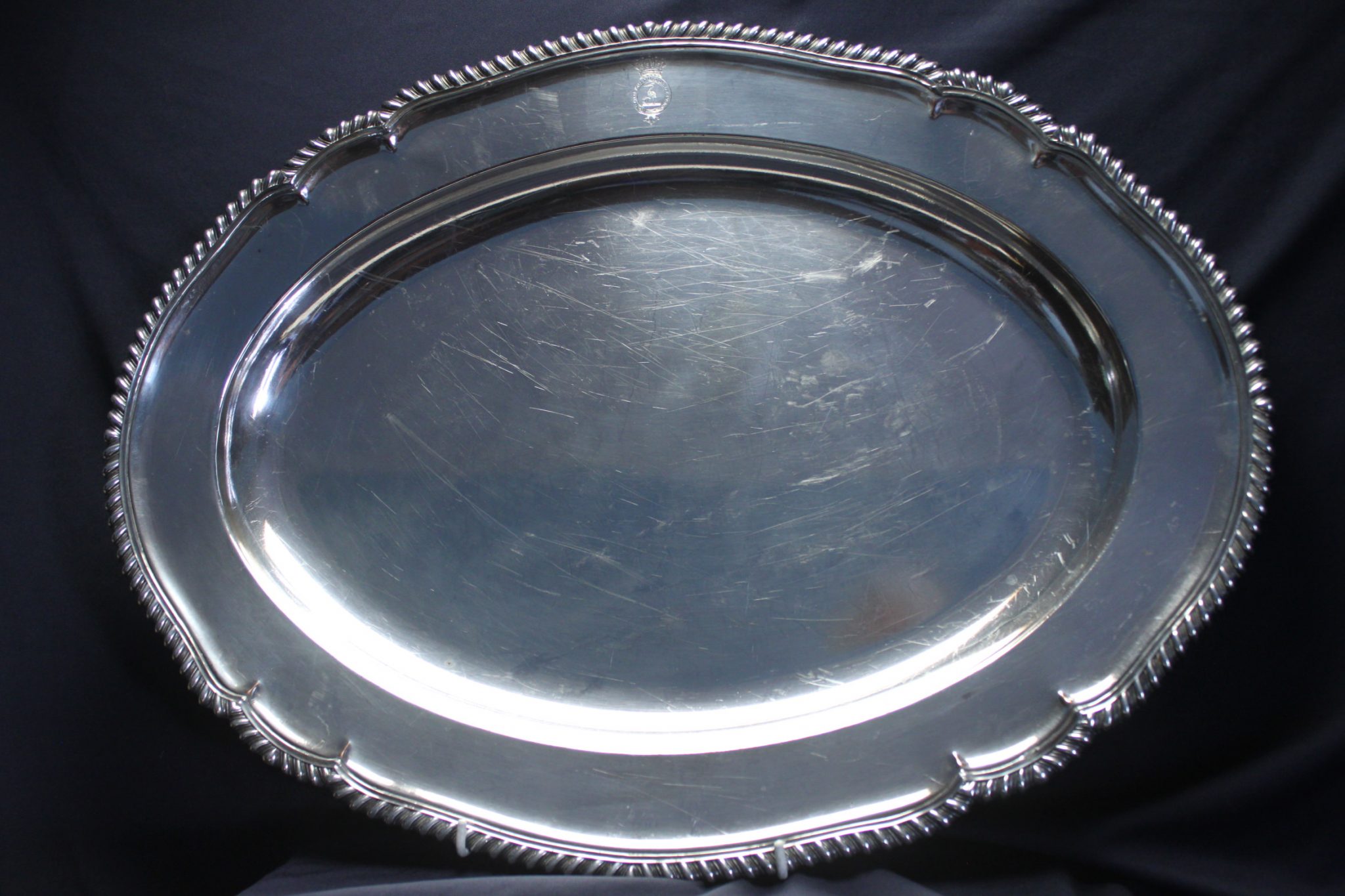Writing boxes, or writing slopes, were popular from the late 1700’s through to the late 1800’s. They were the laptops of their day-they were portable and private, they contained receptacles for inkwells (that didn’t spill), pens, writing paper, a ruler (flat or round), envelopes, stamps, sealing wax and also provided a convenient surface to write …
This good quality Spode 6 piece toilet set came from a time late in the nineteenth century, when even well to do families didn’t have indoor plumbing. This set would have sat on a marble topped washstand in the bedroom, or in a small ensuite, ready for the morning ablutions. But first a maid …
Treen is not a word heard much these days but it means small wooden items, and such pieces give us a glimpse into past lives, pastimes and livelihoods from around the world. In today’s world of plastics, metals and electronics it’s easy to forget how big a part wooden items played in peoples lives even …
The term patina occurs frequently in the world of antiques. But what is it, and how does it occur? Most wooden items over the centuries have had some sort of coating on them to protect and nourish the timber as well as bringing out the natural beauty and colour of the timber. It also makes …
The manufacture of Bois Durci was patented in Paris in 1856 by Francois Lepage and was achieved by mixing a very fine sawdust, usually ebony or rosewood, with albumen-the sticky substance found in blood or eggs- and combining the two in a steel mould under heat and pressure. In fact it could be considered one …
According to research by the International Antiques and Collectors’ Fairs (IACF) a new (made in China) chest of drawers has a carbon footprint 16 times higher than its antique equivalent. The study highlighted the lower carbon footprint of antiques compared to that of their modern-day equivalent. Results showed that an …
This full cedar meat safe dates from around 1850 has been fully restored and repolished. There is a lovely back story to this piece. An Italian migrant family came to Australia after the Second World War and settled in Footscray, a suburb of Melbourne. Having very little, they puchased secondhand furniture and this Australian cedar …
Royal Worcester Sabrina Ware

Sabrina Ware was first introduced in 1894 and production ran through to the mid-1930’s. A beautiful, subtle decoration caused by the effects of metallic salts, the exact final effect could not be controlled and this was considered part of its charm. During the biscuit firing the salts were found to …
Cedar ballot box

So, you are a gentleman in the 1860’s, and you have applied, or been invited, to join a gentleman’s club or a fraternity like the Freemasons or the Druids. But will you be accepted? This cedar ballot box would have stood on a table, perhaps in the foyer, or more likely in the secretary’s office …
Old Sheffield Plate

Now that I’ve shown you pieces of Old Sheffield Plate, I had better explain how they were made. A platter or candlesticks of this size in solid silver would have been very expensive, as they still are today. Of the processes used that tried to make more affordable …
This jug and basin set, decorated with a blue and white pattern of an ancient bridge near some classical ruins, was originally part of a larger set. An average set comprised the jug and basin (to wash your face in-sorry, I couldn’t resist), a toothbrush holder, a soap dish and a potty. Obviously the …
A very pretty ladies calling card case made of tortoiseshell veneered over a wooden frame and inlaid with engraved silver. From the late 1700’s through to the early 1900’s men and women carried their calling or visiting cards (today’s equivalent I suppose would be business cards) with them in containers like this one. This one …
This very good quality Old Sheffield plate serving platter was made by Thomas and James Creswick, of Sheffield who were noted makers of quality Old Sheffield Plate. On the back is stamped their mark of 8 crossed arrows which was first registered in 1811. The length is 560 mm or 24″, the width is 412 …
Good morning to everyone. For my first blog I’d like to introduce ourselves. China Rose Antiques was started by my wife Jenny and myself way back in 1992. We offer a wide and interesting range of quality antiques, with emphasis on the word quality. Well designed and well made items generally last longer and retain …
